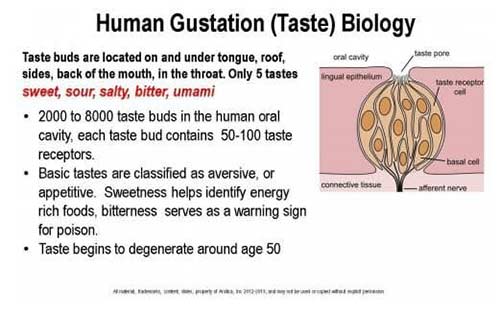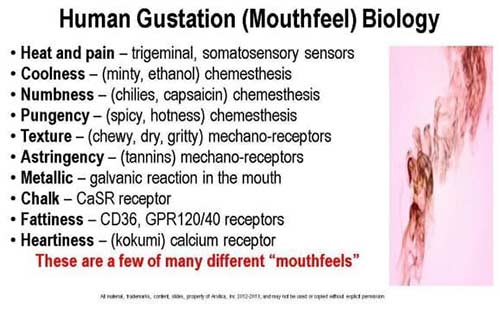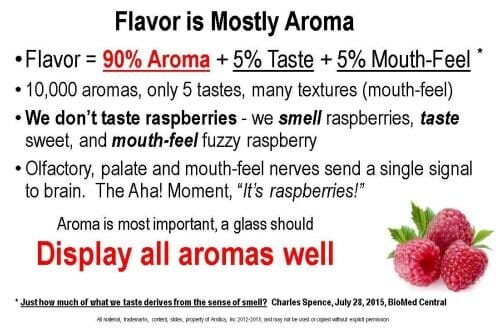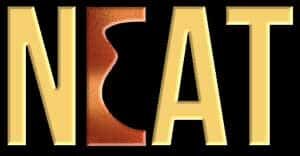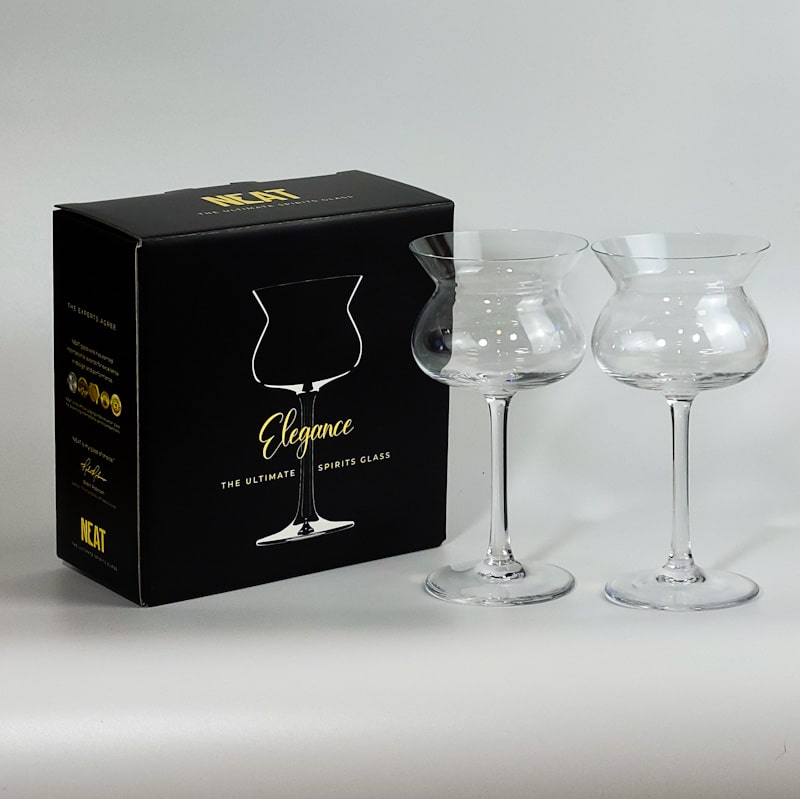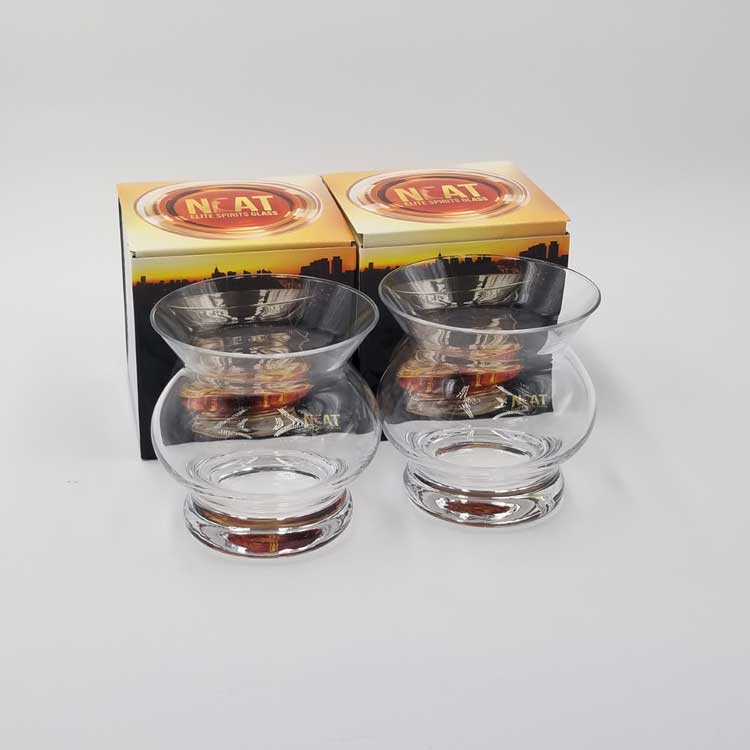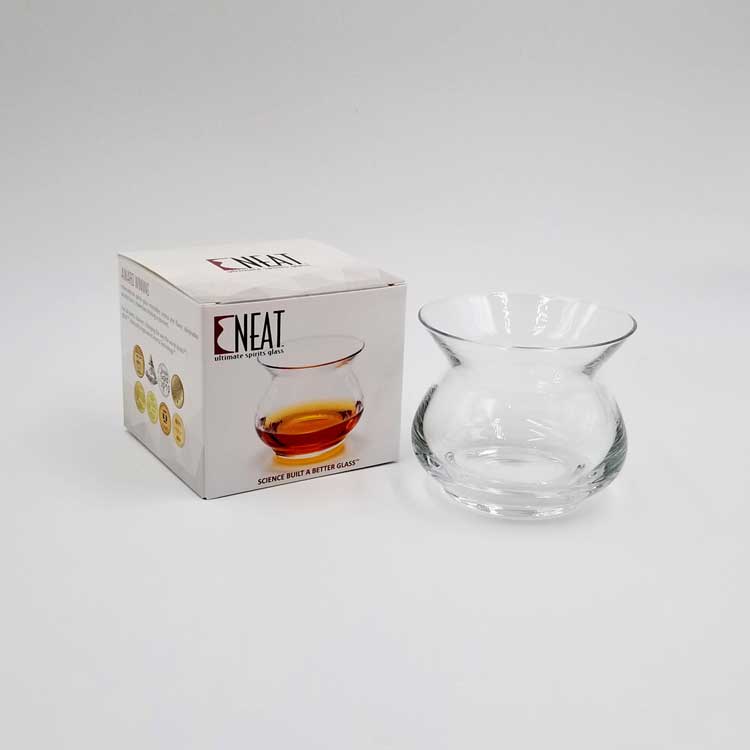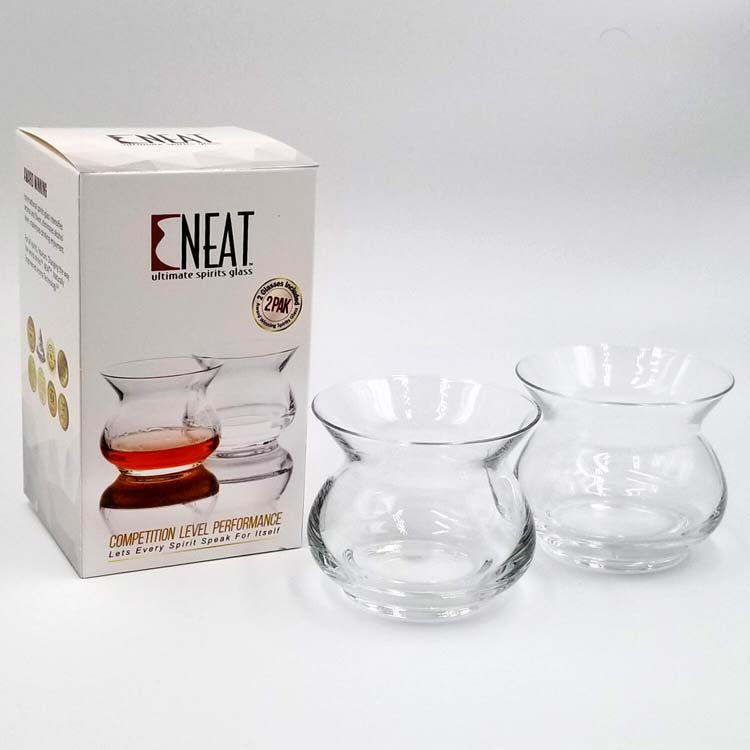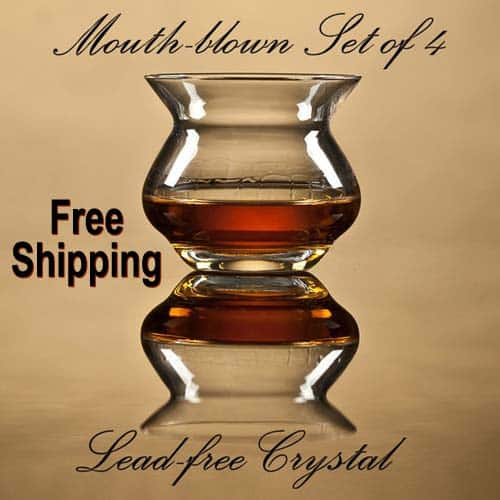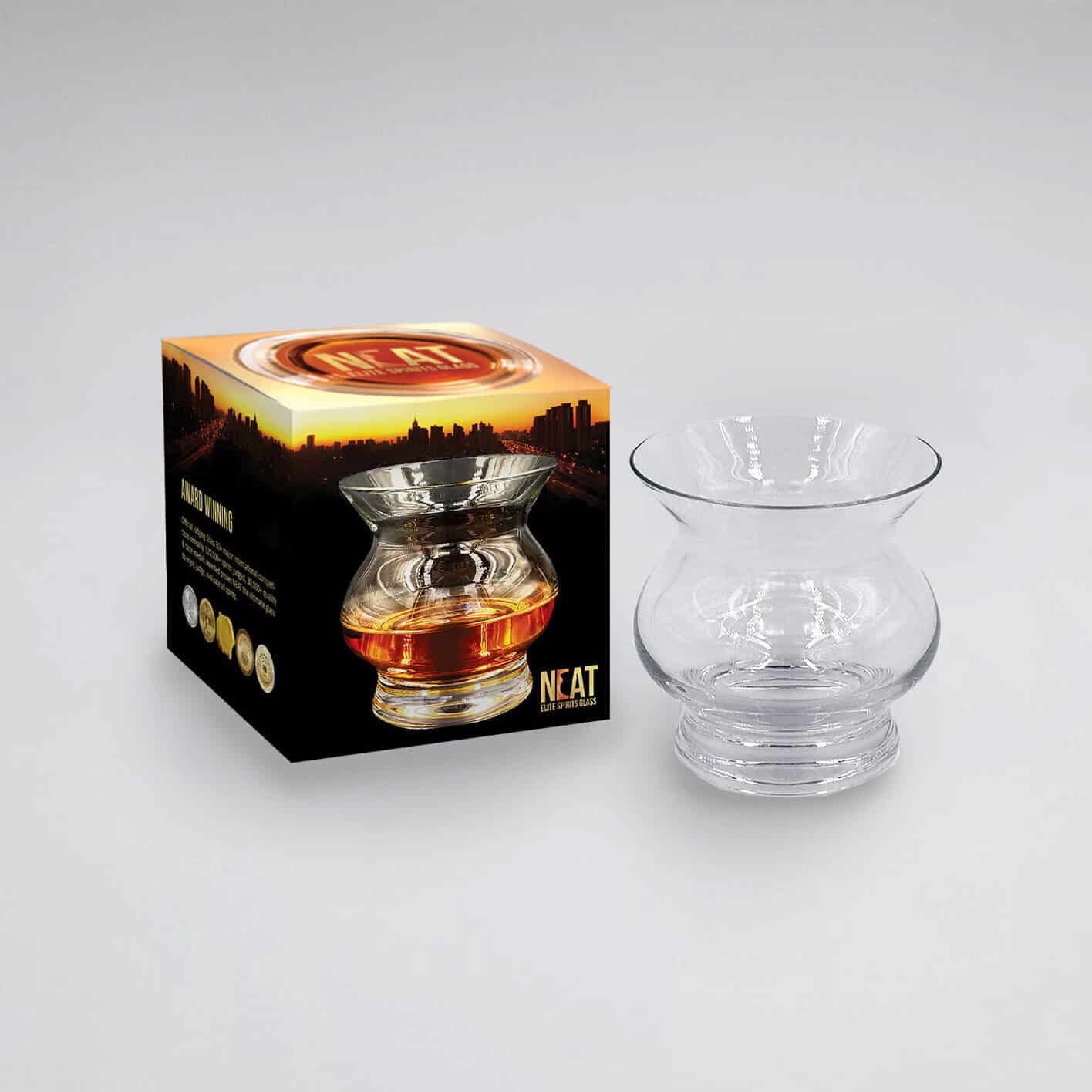
Developing More Powerful Olfactory Library for Best Spirit Appreciation
Smell is the most underappreciated and neglected sense we have, that is, until we stop to smell the roses, whiskey or rum, etc., and focus more on what is coming into our nostrils. As we humans evolved, we became less dependent on the natural survival mechanisms of the senses. The ability to locate food and water, and detection of danger or enemies is not as crucial today as it was with Cro-Magnon and Neanderthals of our species, and accordingly the acuity of our sight, smell, and taste sensory perceptions have deteriorated. Developing a more powerful olfactory is crucial
The power of human olfactory in perspective:
• In humans, female smell-ability may be as much as 43% greater than male, females detect pheromones
• Dogs, bloodhounds = 40X stronger than humans
• Grizzly Bear, 7X stronger than bloodhound (18 miles)
• Ocean salmon return home hundreds (thousands?) of miles to spawn
Human superiority in smell? Not by a longshot. However, we have a Hedonistic appreciation for many things in life, and among these are beer, wine, and spirits, well-seasoned and well-prepared cuisine, and even an occasional good cigar or pipe load of fine tobacco. Improving our appreciation of each of these to the fullest depends on developing our sense of smell. As previously discussed, smell is 90% of flavor (Presentation #1).
Developing smell-ability: How are top evaluators able to detect so many different aromas from their first sniff of that special rum? Practice, practice, practice. Many self-styled evaluator “experts” deal in BS and flowery descriptions, but truly accomplished sniffers are the poster children of olfactory self-development. They practice constant reiteration and focus on expanding their personal smell-library. Olfactory self-development is similar to the isosceles triangle, known as Euclid’s Bridge of Asses. Those who do not embrace and practice olfactory self- development will always be the balking donkey never to cross the bridge to understanding the full sensory potential of a special rum, whisky or cognac. Many worthwhile books and articles exist (google developing olfactory). Some basic tips are provided here for serious consideration:
• Isolated evaluations: pour three or four (no more for a single sitting) glasses of similar wine or spirits in exactly the same vessel (more on choosing a dependable glass will be covered in a later presentation). Sit in a dimly lit, comfortable room, ventilated but no strong air currents, no distracting noise, music or conversation. Smell, taste, compare, and take notes. It’s okay to know what is in each glass and one can learn what to expect from these wines or spirits to make informed buying decisions. Review notes, repeat on a different day, three times, focusing on aroma and taste. Compare notes from each trial. Blind a fourth trial to check ability to identify the sample. Repeat to ensure confidence in identification, and until you get it right. This is one method used by accomplished sniffers to improve wine/spirit identification.
• Develop mouth feel identification capabilities: Taste food or drink with nose pinched or plugged, separating smell from taste. Try blindfolded tasting of different beverages to note differences. Water, milk, energy drink, and light wines have more similarities than differences when the olfactory is not in play. Flavor = Aroma (90%) + Taste (5%) + Mouthfeel (5%). This exercise can help to identify and embed mouthfeels and different levels of taste intensity into one’s smell-library.
• Expand the smell-library: Total undistracted focus and attention must be given to EVERYTHING tasted and smelled. Repeatedly smell the coffee, toast, fish market and produce, every single cuisine dish, flowers and forest, gas station, racetrack, barnyard, and doctor’s office. Focus on every smell everywhere. Always smell everything that goes into the mouth, pausing to appreciate subtle characteristics of each smell.
• Embed the flavors into your memory: Try to imagine each smell, and whatever the visual picture, associate it with the smell. In addition, take note of your emotions. Ask yourself out loud what emotion you are feeling with certain smells, and repeatedly associate it and the visual picture you develop with that smell. Smell isn’t just that first sniff, it is much, much more complex, inextricably intertwined with memory and the other human senses. If a certain smell triggers the hair on your forearm to “stand up,” note it as a characteristic of that smell. Getting the whole picture is important to building your smell-library. The total profile of specific wines or spirits is important to perceiving differences in vineyard, vintage, mash bill (grain content), method.
• Procedures: Completely fill the olfactory cavity with long, light sniffs, not strong inhalations. Slow and focused as though trying to cover every single air space in the olfactory cavity.
• Other aids to olfactory enhancement: Exercise stimulates all the senses. Zinc and B12 can defeat hyposmia (impaired sense of smell). Oysters, lentils, sunflower seeds, and pecans all provide zinc.
• Taboo: Avoid overindulging in foods that stimulate mucous production, smoking, drugs and too much alcohol impair sense of smell. Repeatedly indulging in a single cultural style of cuisine, say heavily spiced and hot, can have an effect on variety and perception of smell. Change the menu, try new things. Explore.
• Be Inquisitive: Don’t be afraid to ask the chef if you need to know a certain aroma. Chefs generally love to discuss prep and seasoning, the blend of flavors, emotions, and visual pictures which they created for your enjoyment.
• Read about the climate problems of the April 2020 Bordeaux hailstorm, and which vineyards it will affect. Read about the new distillery opening in Speyside, what their equipment is and why they are using it. Read about the casks used in your favorite barrel aged stout. Read about the spirits, wines, and beers to understand what each distiller, vintner and brewer is doing to create an experience for you.
• See a good ENT doctor if you think you have a smell issue. Get a reliable referral if at all possible.
THE TAKEAWAY:
We spend big bucks on wine, beer, and spirits, and those efforts can be transformed into deeper satisfaction, appreciation, and understanding with a little practice. We pay for it, why not get full benefit by turning it into a deeper experience? Honing the basic tools of smell and taste enhances personal satisfaction. Seems like hard work at first, but routinely established, becomes second nature, and progressively expands into an exciting Zen-like journey into sensory perception. Flavor perception is much more than the singular, stark, shallow impression of an aroma or taste, it’s all about how it got there, the accompanying aromas, the terroir, the methods, the grapes and grains. Most importantly, it is the collective efforts of many to produce a distinctive personal satisfaction for the drinker. Learn, read, educate, smell, taste, evaluate, appreciate, and unify all these steps into a single process.
In the first presentation we explained the aroma path through the olfactory, and in the reference diagrams below, we describe a few mouthfeels to avoid confusing these common flavor characteristics with the five basic tastes. Remember, mouthfeels are not tasted, but they are perceived dimensions from various chemoreceptors located inside the oral cavity and contribute significantly to the overall evaluation. Mouthfeel is a great place to improve one’s education on what is NOT smell and NOT taste. See how NEAT glass design can help build your smell-abilities. Read our peer review journal paper for more science.
In presentation #3 we will discuss the olfactory theory of lock and key, and olfactory effect of ethanol.
